Affiliate links on Android Authority may earn us a commission. Learn more.
Who actually has real 960fps super slow-motion recording?
Published onJuly 13, 2019

Sony kickstarted a rather interesting trend with its Xperia XZ Premium back in 2017, delivering a hitherto unprecedented 960 frames per second (fps) slow-motion mode. This allows users to capture scenes and movement four times slower than your standard 240fps mode.
This super slow-mo option is far from perfect though, as it requires plenty of good light and captures less than a second of motion. That hasn’t stopped plenty of companies from adding it to their phones, including Samsung, Huawei, Xiaomi and Realme.
Not all 960fps modes are created equal though, so we attempt to figure out which devices offer the real deal and which ones don’t.
The difference between real and faux 960fps
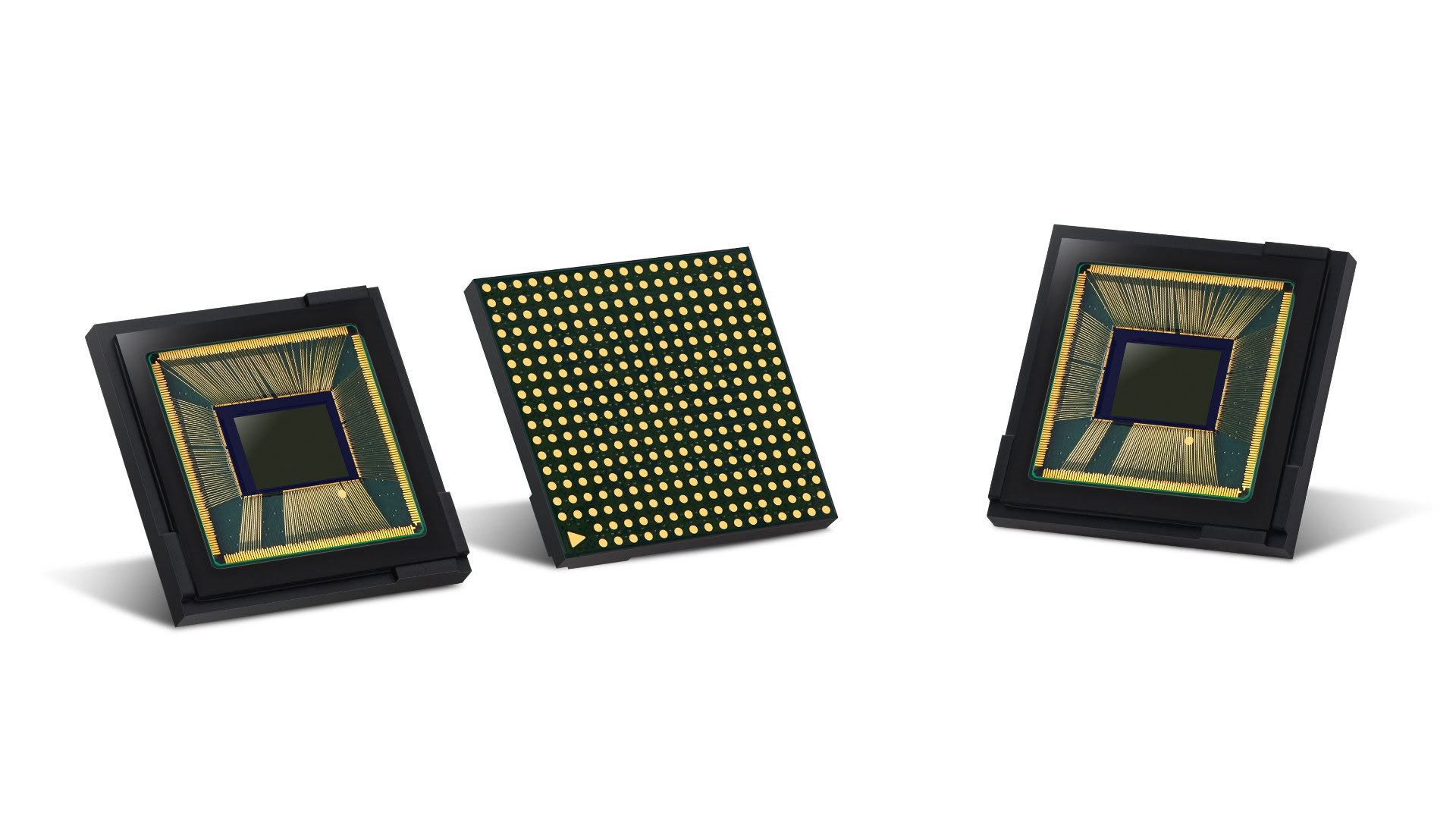
A native 960fps slow motion mode requires hardware to go with it, namely a camera sensor with embedded DRAM. By attaching super-fast memory to the camera sensor, the phone is able to save all the frames generated by the 960fps mode. Traditional smartphone storage (e.g. UFS 2.1 and eMMC) simply isn’t able to keep up with the sheer number of frames being produced in this mode, making the embedded DRAM an integral part of the process.
What if your phone isn’t using a camera sensor with embedded DRAM? After all, these sensors are in the minority. Then manufacturers generally use software processing/interpolation to deliver 960fps super slow motion, adding duplicate frames to a lower frame-rate video in order to give the impression that it’s a smoother, 960fps clip.
The finished product will technically be running at 960fps, but half or more of those frames are simply copies rather than being unique, like in a real 960fps video. It’s akin to motion smoothing modes seen on today’s TVs, duplicating frames to deliver 60fps content.
Supported camera sensors?
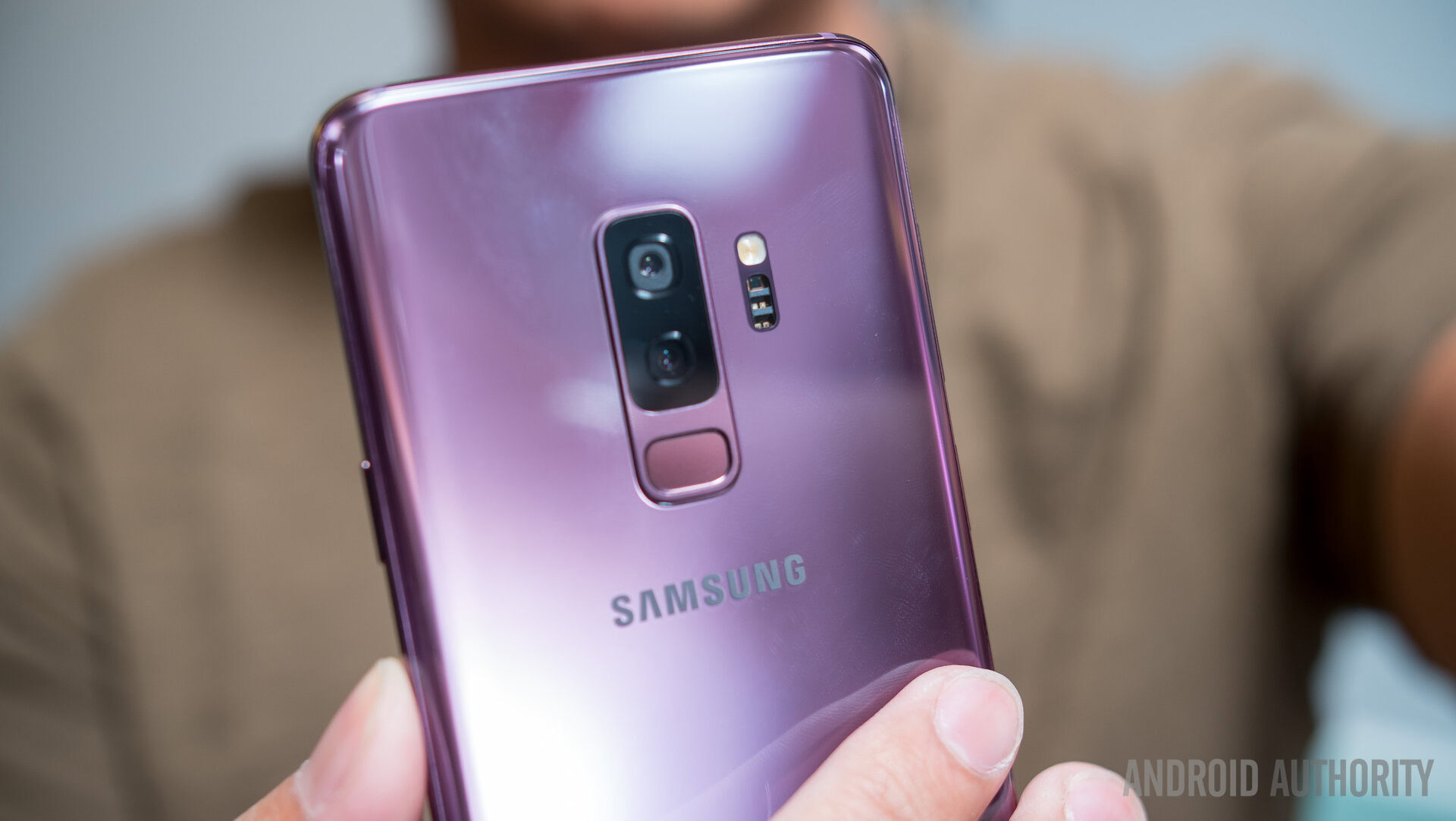
There are several camera sensors with proper 960fps support, namely the Sony IMX400, the IMX345 and Samsung ISOCELL Fast 2L3. These sensors offer embedded DRAM to quickly process all those incoming frames.
Devices with these sensors include the Sony Xperia XZs and XZ Premium, Xperia XZ2, XZ2 Compact and XZ2 Premium, the Xperia XZ3, Samsung’s Galaxy S9 series, and the Galaxy Note 9. You can therefore be assured that these devices offer hardware-based 960fps recording.
Information regarding more recent sensors with proper 960fps support is tougher to come by, as Sony hasn’t published much in the way of updates in this regard. We’ve contacted the firm for more information regarding its compatible camera sensors, but haven’t heard back as of writing.
In any event, Sony touts 960fps capabilities on its new Xperia 1, albeit via the little-known IMX445 camera sensor. The firm previously stated that it eschewed a 48MP sensor on the Xperia 1 because it wanted 960fps support, so it stands to reason that the IMX445 indeed offers native 960fps recording.
Smartphones with real 960fps recording generally need a camera sensor with embedded DRAM.
Meanwhile, Samsung Semiconductor confirmed to us that the new ISOCELL Fast 2L4 sensor offers 960fps support, but it wasn’t able to divulge any specific phones that use this camera. The firm’s website also lists various camera sensors, albeit without any slow-motion details.
Another thing we do know however is that the current crop of 48MP camera sensors don’t appear to offer native 960fps capabilities at all. Sony confirmed this to us at the time of its IMX586 reveal, while Samsung hasn’t mentioned any significant slow-mo capabilities or the addition of DRAM in press materials for its GM-1 and GM-2 sensors. Samsung’s upcoming 64MP sensor (GW1) officially tops out at 480fps too.
This means phones with a commercially available 48MP or 64MP sensor are all but guaranteed to be missing native 960fps support.
Phones without hardware-based 960fps?
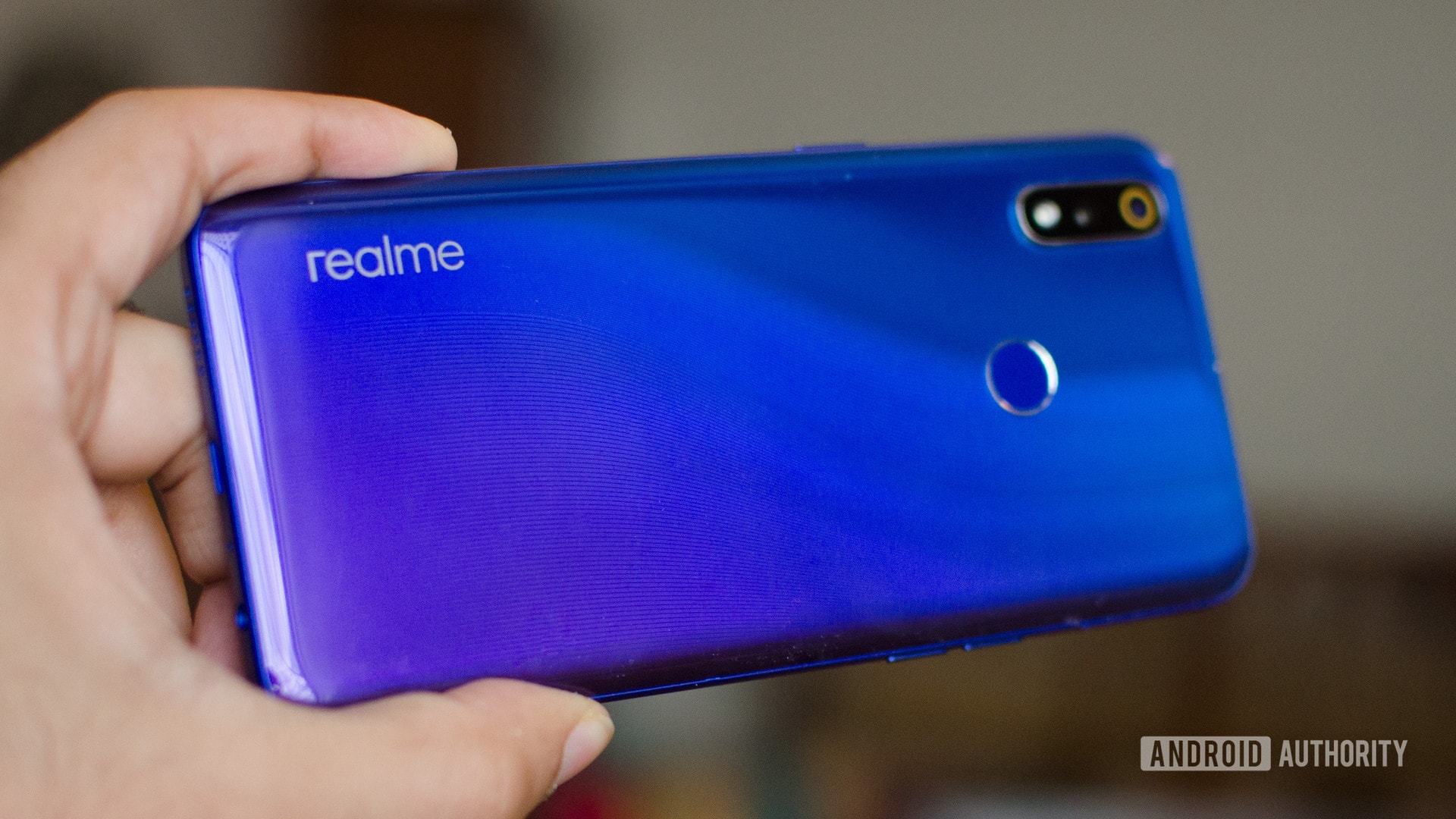
The fact that 48MP and 64MP camera sensors by and large don’t have 960fps support should immediately rule out plenty of phones as having native 960fps capabilities. Prominent 48MP phones that tout 960fps support include the Xiaomi Mi 9 duo, Redmi K20 series, realme X, and the HONOR View 20.
In fact, Xiaomi has confirmed to Android Authority that it uses a software-based approach to 960fps super slow motion recording. So that rules out hardware-enabled super slow-mo for its armada of phones.
HUAWEI is another company touting 960fps capabilities on its 40MP flagships. The P20 family and Mate 20 series are said to use the Sony IMX600 sensor as their main cameras, while the P30 series reportedly uses the IMX650 sensor. Unfortunately, there’s no word on whether these sensors support 960fps capabilities, but a YouTube video definitely shows ghosting and other artifacts in comparison to Samsung’s native slow-mo.
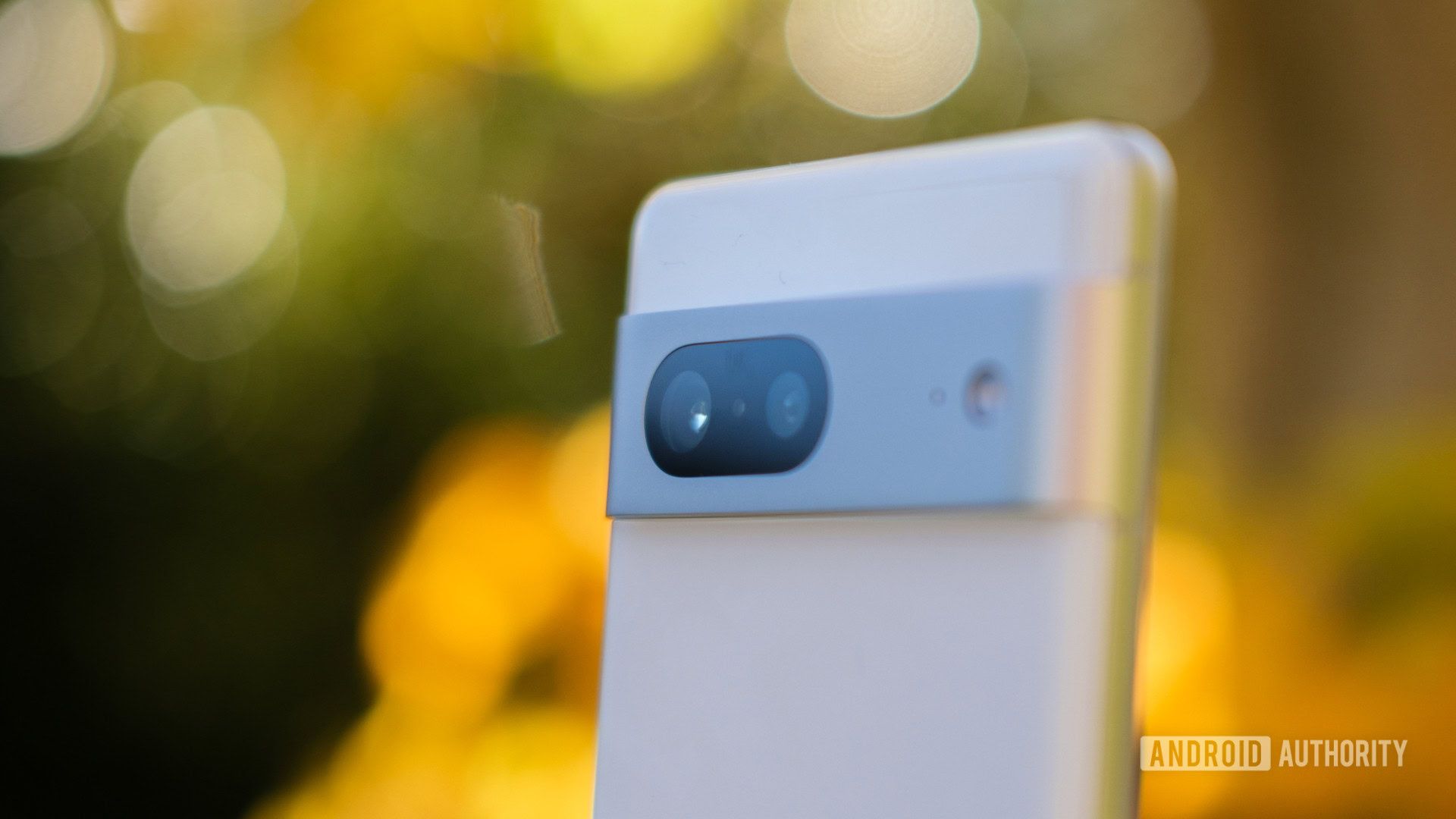
We’ve contacted HUAWEI to find out whether its flagships indeed offer hardware-enabled 960fps support, or if it’s accomplished by software. We haven’t heard anything from them just yet, but we’ll update the article accordingly as soon as they get back to us.
realme is another company claiming to offer 960fps capabilities, touting the feature on its realme 3 Pro and realme X. The realme X offers a 48MP IMX586 sensor, which doesn’t offer the DRAM necessary to natively support 960fps. Meanwhile, the realme 3 Pro’s IMX519 sensor is the same as the 2018 OnePlus phones, and earlier reports note that this sensor tops out at 480fps. We’ve contacted realme too and they haven’t come back to us as of writing.
It’s probably fair to say that if it’s not a recent Sony or Samsung flagship, then it’s probably not packing native 960fps support.
Does it actually matter?
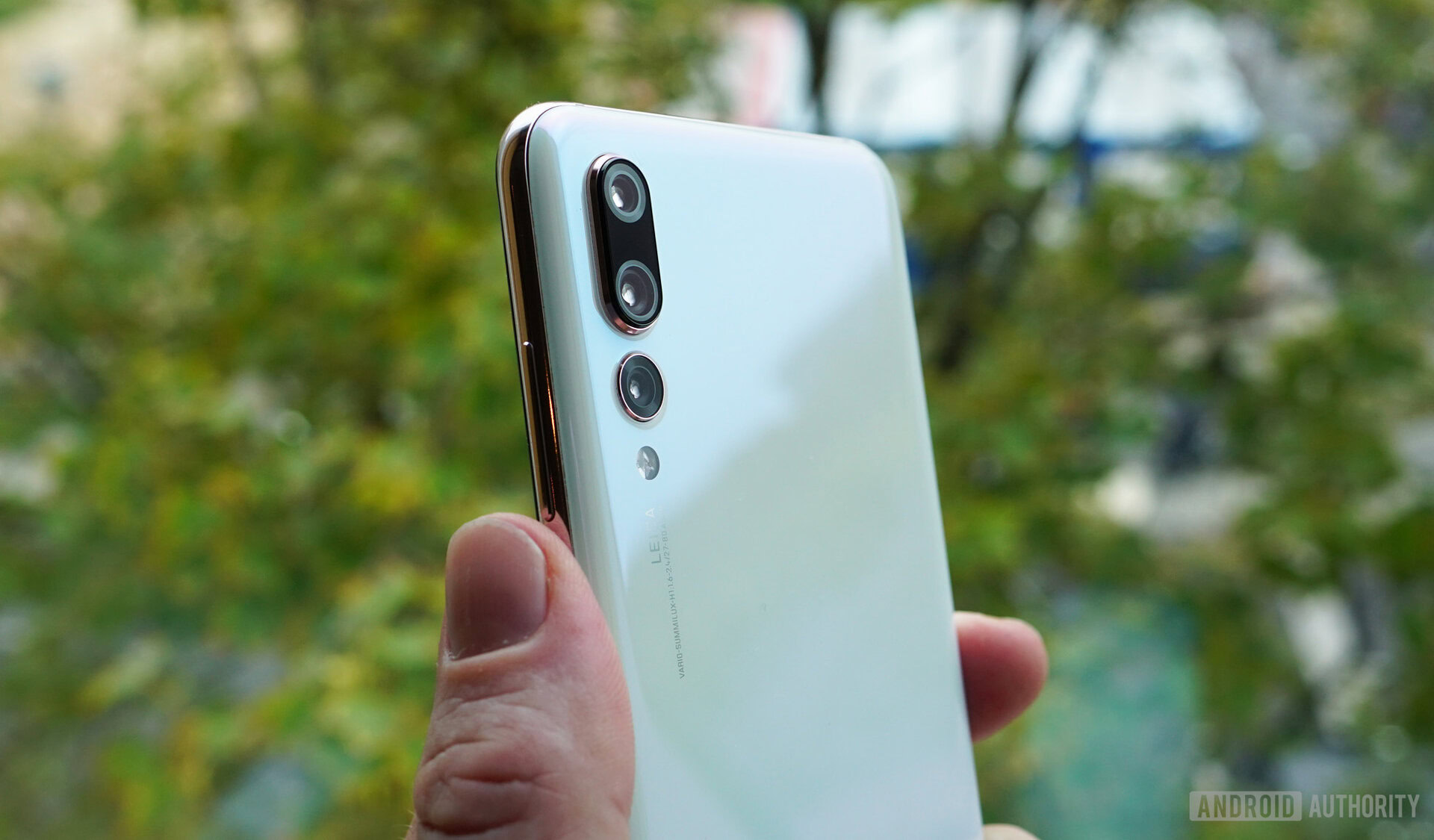
When it comes to native versus interpolated super slow motion clips, you might not be able to tell the difference. I personally struggle to tell them apart in some situations, but slow-mo resource HiSpeedCams notes that ghosting and distortion artifacts are usually tell-tale signs of interpolated results. These artifacts can stick out badly when doing a direct comparison with a native 960fps clip.
HiSpeedCams also notes that complex backgrounds (e.g. loads of colors and a variety of patterns) aren’t a good fit for interpolated super slow-motion. You’re also likely to notice ghosting or juddery movement with subjects such as water, rivers, splashes, and certain fast-moving objects in a scene (e.g. falling rain or a flock of birds).
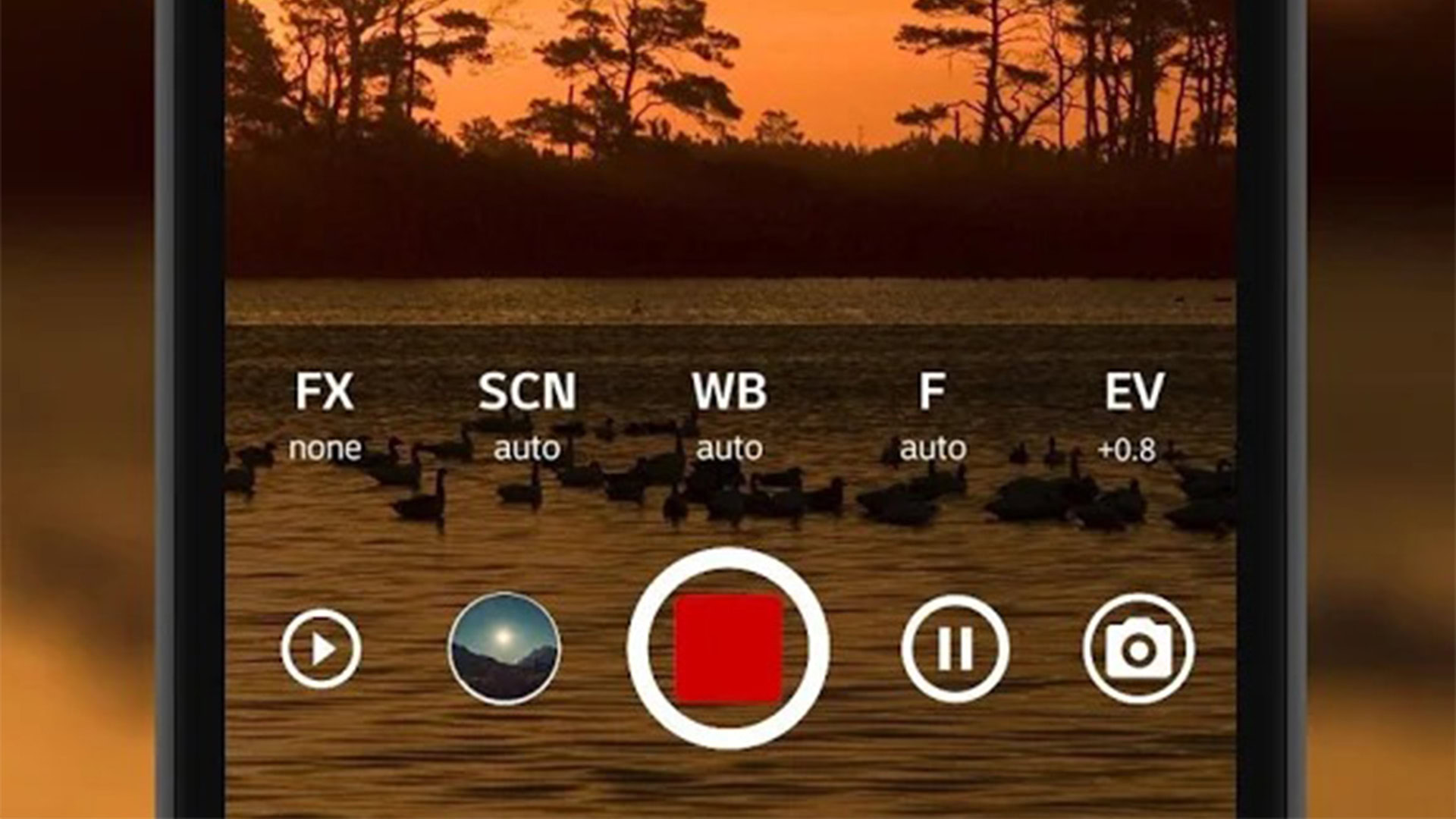
Another important aspect is the actual video quality here, as it’s not uncommon for 960fps clips to be compressed (regardless of whether it’s native or interpolated). This results in a phone with super slow motion capture indeed, but what’s the point if the clip is usually a mess?
In the case of software-enhanced/interpolated 960fps, the original frame-rate before interpolation is also important. After all, interpolating a 120fps clip to 960fps means that seven out of eight frames are duplicates. Meanwhile, interpolating a 480fps video means that only half of the output frames are copies.
Do you care whether or not your phone has hardware or software-based 960fps support? Let us know in the comments section!
NEXT: Android needs to steal this video-calling feature from Apple right now